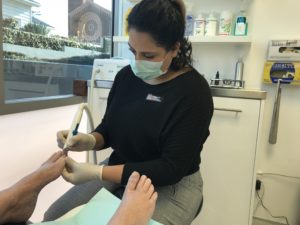 Ever wish you knew someone that has gone through the same procedure as you so you knew what to expect? We absolutely get it – and while ingrown toenail surgeries are common enough these days that you’ll likely know someone that has had it done – it’s also not the type of thing that many go bragging to their friends about. So, we’ve shared the experience for you!
Here’s the low-down on what having an ingrown toenail surgery with the Auckland Ingrown Toenail Clinic is really like, as told retrospectively by one of our patients.
Choosing the Auckland Ingrown Toenail Clinic
I found the ingrown toenail clinic, and hence Perform Podiatry, on Google. They weren’t too far away, they had good reviews, and I liked that the podiatrist I’d be seeing would be very experienced in ingrown toenails. The website also mentioned an all-inclusive price – I know multiple appointments with health professionals can add up quickly, so knowing the full cost was great.
The First Appointment
I decided to see someone about my ingrown toenail because this was my third ingrown in the last 4 or so years. I was over the pain and wanted it fixed by a professional. I called in the afternoon and got an appointment for the next day.
The first part of the appointment was easy. The podiatrist checked my nail and asked a bunch of questions. She told me that I had multiple options, and what each involved. One option was to remove the piece of nail that was causing me pain right there and then. I was told that was good for those who have never had an ingrown nail before, as it may not come back. I knew I needed something permanent so I wouldn’t have to deal with this nail in the future.
One of the other options was a procedure called a partial nail avulsion. It’d be done in under an hour, it was permanent (or they’d re-do it), I’d need minimal time off work, and I met their criteria for the procedure. This was what I’d wanted.
The Procedure
I booked in to have the procedure the next day as it’d be a Friday and I’d have the weekend to take it easy.
When I arrived, the room was already “set up” – very clean and with the equipment ready. The same podiatrist that I saw the day before cleaned my toe with iodine and the worst part of the procedure was done – the anaesthetic. It worked, my toe was numb, and the only thing I felt for the rest of the time was pressure.
They showed me the piece of nail they removed – it was bigger than I thought. It looked like I had cut the nail but missed the part right at the end and just pulled the nail off, leaving a big piece in.
They put a bunch of bandages on my toe to protect it. The whole process was done in about 45-50 minutes. I was given instructions to come back on Monday, NOT get the toe wet in any way, not wear tight shoes, rest the foot and put it on a pillow on the couch, and that if it becomes painful to take some specific painkillers. I did take some Friday night as my toe throbbed after the anaesthetic wore off but didn’t take any more after that. I didn’t do too much on the weekend, and avoided putting on closed shoes as that’d hurt the toe.
The Check
At Monday’s appointment, I got a bag filled with the same dressings they used. They removed my dressings to check how the toe was going (which seemed fine) and taught me how to dress it again. I was told to re-dress it anytime it got wet and every few days for the next week. I was to come back in another week to check that it was healing nicely. I went back to work that week and wore shoes that didn’t press on my toe. I redressed as instructed.
A week later I came back and was told that as everything had closed over nicely, I could change the dressings as the infection risk was minimised. The toe was still a bit pink and I could see the dried blood etc, but it wasn’t painful as long as I didn’t hit it/push against it and I was told it was healing nicely, and to let the podiatrist know if anything changed.
The Result
About 7 or so weeks later the toe was pretty much back to normal. The nail was a little smaller, but not by much and you can’t really tell unless I point it out. The nail edge is just very smooth and straight and doesn’t curl down into the side so much. Am now looking forward to not having any problems with my toenail!
Ever wish you knew someone that has gone through the same procedure as you so you knew what to expect? We absolutely get it – and while ingrown toenail surgeries are common enough these days that you’ll likely know someone that has had it done – it’s also not the type of thing that many go bragging to their friends about. So, we’ve shared the experience for you!
Here’s the low-down on what having an ingrown toenail surgery with the Auckland Ingrown Toenail Clinic is really like, as told retrospectively by one of our patients.
Choosing the Auckland Ingrown Toenail Clinic
I found the ingrown toenail clinic, and hence Perform Podiatry, on Google. They weren’t too far away, they had good reviews, and I liked that the podiatrist I’d be seeing would be very experienced in ingrown toenails. The website also mentioned an all-inclusive price – I know multiple appointments with health professionals can add up quickly, so knowing the full cost was great.
The First Appointment
I decided to see someone about my ingrown toenail because this was my third ingrown in the last 4 or so years. I was over the pain and wanted it fixed by a professional. I called in the afternoon and got an appointment for the next day.
The first part of the appointment was easy. The podiatrist checked my nail and asked a bunch of questions. She told me that I had multiple options, and what each involved. One option was to remove the piece of nail that was causing me pain right there and then. I was told that was good for those who have never had an ingrown nail before, as it may not come back. I knew I needed something permanent so I wouldn’t have to deal with this nail in the future.
One of the other options was a procedure called a partial nail avulsion. It’d be done in under an hour, it was permanent (or they’d re-do it), I’d need minimal time off work, and I met their criteria for the procedure. This was what I’d wanted.
The Procedure
I booked in to have the procedure the next day as it’d be a Friday and I’d have the weekend to take it easy.
When I arrived, the room was already “set up” – very clean and with the equipment ready. The same podiatrist that I saw the day before cleaned my toe with iodine and the worst part of the procedure was done – the anaesthetic. It worked, my toe was numb, and the only thing I felt for the rest of the time was pressure.
They showed me the piece of nail they removed – it was bigger than I thought. It looked like I had cut the nail but missed the part right at the end and just pulled the nail off, leaving a big piece in.
They put a bunch of bandages on my toe to protect it. The whole process was done in about 45-50 minutes. I was given instructions to come back on Monday, NOT get the toe wet in any way, not wear tight shoes, rest the foot and put it on a pillow on the couch, and that if it becomes painful to take some specific painkillers. I did take some Friday night as my toe throbbed after the anaesthetic wore off but didn’t take any more after that. I didn’t do too much on the weekend, and avoided putting on closed shoes as that’d hurt the toe.
The Check
At Monday’s appointment, I got a bag filled with the same dressings they used. They removed my dressings to check how the toe was going (which seemed fine) and taught me how to dress it again. I was told to re-dress it anytime it got wet and every few days for the next week. I was to come back in another week to check that it was healing nicely. I went back to work that week and wore shoes that didn’t press on my toe. I redressed as instructed.
A week later I came back and was told that as everything had closed over nicely, I could change the dressings as the infection risk was minimised. The toe was still a bit pink and I could see the dried blood etc, but it wasn’t painful as long as I didn’t hit it/push against it and I was told it was healing nicely, and to let the podiatrist know if anything changed.
The Result
About 7 or so weeks later the toe was pretty much back to normal. The nail was a little smaller, but not by much and you can’t really tell unless I point it out. The nail edge is just very smooth and straight and doesn’t curl down into the side so much. Am now looking forward to not having any problems with my toenail! 
Patient Experience: What’s It Like To Have Ingrown Toenail Surgery?
 Ever wish you knew someone that has gone through the same procedure as you so you knew what to expect? We absolutely get it – and while ingrown toenail surgeries are common enough these days that you’ll likely know someone that has had it done – it’s also not the type of thing that many go bragging to their friends about. So, we’ve shared the experience for you!
Here’s the low-down on what having an ingrown toenail surgery with the Auckland Ingrown Toenail Clinic is really like, as told retrospectively by one of our patients.
Choosing the Auckland Ingrown Toenail Clinic
I found the ingrown toenail clinic, and hence Perform Podiatry, on Google. They weren’t too far away, they had good reviews, and I liked that the podiatrist I’d be seeing would be very experienced in ingrown toenails. The website also mentioned an all-inclusive price – I know multiple appointments with health professionals can add up quickly, so knowing the full cost was great.
The First Appointment
I decided to see someone about my ingrown toenail because this was my third ingrown in the last 4 or so years. I was over the pain and wanted it fixed by a professional. I called in the afternoon and got an appointment for the next day.
The first part of the appointment was easy. The podiatrist checked my nail and asked a bunch of questions. She told me that I had multiple options, and what each involved. One option was to remove the piece of nail that was causing me pain right there and then. I was told that was good for those who have never had an ingrown nail before, as it may not come back. I knew I needed something permanent so I wouldn’t have to deal with this nail in the future.
One of the other options was a procedure called a partial nail avulsion. It’d be done in under an hour, it was permanent (or they’d re-do it), I’d need minimal time off work, and I met their criteria for the procedure. This was what I’d wanted.
The Procedure
I booked in to have the procedure the next day as it’d be a Friday and I’d have the weekend to take it easy.
When I arrived, the room was already “set up” – very clean and with the equipment ready. The same podiatrist that I saw the day before cleaned my toe with iodine and the worst part of the procedure was done – the anaesthetic. It worked, my toe was numb, and the only thing I felt for the rest of the time was pressure.
They showed me the piece of nail they removed – it was bigger than I thought. It looked like I had cut the nail but missed the part right at the end and just pulled the nail off, leaving a big piece in.
They put a bunch of bandages on my toe to protect it. The whole process was done in about 45-50 minutes. I was given instructions to come back on Monday, NOT get the toe wet in any way, not wear tight shoes, rest the foot and put it on a pillow on the couch, and that if it becomes painful to take some specific painkillers. I did take some Friday night as my toe throbbed after the anaesthetic wore off but didn’t take any more after that. I didn’t do too much on the weekend, and avoided putting on closed shoes as that’d hurt the toe.
The Check
At Monday’s appointment, I got a bag filled with the same dressings they used. They removed my dressings to check how the toe was going (which seemed fine) and taught me how to dress it again. I was told to re-dress it anytime it got wet and every few days for the next week. I was to come back in another week to check that it was healing nicely. I went back to work that week and wore shoes that didn’t press on my toe. I redressed as instructed.
A week later I came back and was told that as everything had closed over nicely, I could change the dressings as the infection risk was minimised. The toe was still a bit pink and I could see the dried blood etc, but it wasn’t painful as long as I didn’t hit it/push against it and I was told it was healing nicely, and to let the podiatrist know if anything changed.
The Result
About 7 or so weeks later the toe was pretty much back to normal. The nail was a little smaller, but not by much and you can’t really tell unless I point it out. The nail edge is just very smooth and straight and doesn’t curl down into the side so much. Am now looking forward to not having any problems with my toenail!
Ever wish you knew someone that has gone through the same procedure as you so you knew what to expect? We absolutely get it – and while ingrown toenail surgeries are common enough these days that you’ll likely know someone that has had it done – it’s also not the type of thing that many go bragging to their friends about. So, we’ve shared the experience for you!
Here’s the low-down on what having an ingrown toenail surgery with the Auckland Ingrown Toenail Clinic is really like, as told retrospectively by one of our patients.
Choosing the Auckland Ingrown Toenail Clinic
I found the ingrown toenail clinic, and hence Perform Podiatry, on Google. They weren’t too far away, they had good reviews, and I liked that the podiatrist I’d be seeing would be very experienced in ingrown toenails. The website also mentioned an all-inclusive price – I know multiple appointments with health professionals can add up quickly, so knowing the full cost was great.
The First Appointment
I decided to see someone about my ingrown toenail because this was my third ingrown in the last 4 or so years. I was over the pain and wanted it fixed by a professional. I called in the afternoon and got an appointment for the next day.
The first part of the appointment was easy. The podiatrist checked my nail and asked a bunch of questions. She told me that I had multiple options, and what each involved. One option was to remove the piece of nail that was causing me pain right there and then. I was told that was good for those who have never had an ingrown nail before, as it may not come back. I knew I needed something permanent so I wouldn’t have to deal with this nail in the future.
One of the other options was a procedure called a partial nail avulsion. It’d be done in under an hour, it was permanent (or they’d re-do it), I’d need minimal time off work, and I met their criteria for the procedure. This was what I’d wanted.
The Procedure
I booked in to have the procedure the next day as it’d be a Friday and I’d have the weekend to take it easy.
When I arrived, the room was already “set up” – very clean and with the equipment ready. The same podiatrist that I saw the day before cleaned my toe with iodine and the worst part of the procedure was done – the anaesthetic. It worked, my toe was numb, and the only thing I felt for the rest of the time was pressure.
They showed me the piece of nail they removed – it was bigger than I thought. It looked like I had cut the nail but missed the part right at the end and just pulled the nail off, leaving a big piece in.
They put a bunch of bandages on my toe to protect it. The whole process was done in about 45-50 minutes. I was given instructions to come back on Monday, NOT get the toe wet in any way, not wear tight shoes, rest the foot and put it on a pillow on the couch, and that if it becomes painful to take some specific painkillers. I did take some Friday night as my toe throbbed after the anaesthetic wore off but didn’t take any more after that. I didn’t do too much on the weekend, and avoided putting on closed shoes as that’d hurt the toe.
The Check
At Monday’s appointment, I got a bag filled with the same dressings they used. They removed my dressings to check how the toe was going (which seemed fine) and taught me how to dress it again. I was told to re-dress it anytime it got wet and every few days for the next week. I was to come back in another week to check that it was healing nicely. I went back to work that week and wore shoes that didn’t press on my toe. I redressed as instructed.
A week later I came back and was told that as everything had closed over nicely, I could change the dressings as the infection risk was minimised. The toe was still a bit pink and I could see the dried blood etc, but it wasn’t painful as long as I didn’t hit it/push against it and I was told it was healing nicely, and to let the podiatrist know if anything changed.
The Result
About 7 or so weeks later the toe was pretty much back to normal. The nail was a little smaller, but not by much and you can’t really tell unless I point it out. The nail edge is just very smooth and straight and doesn’t curl down into the side so much. Am now looking forward to not having any problems with my toenail! 
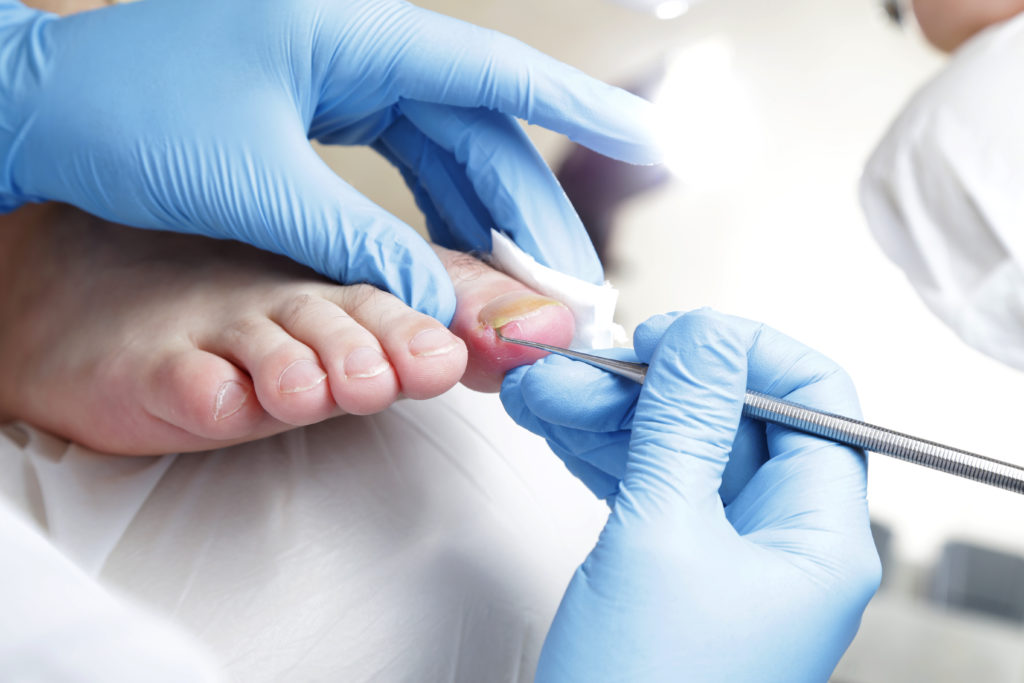
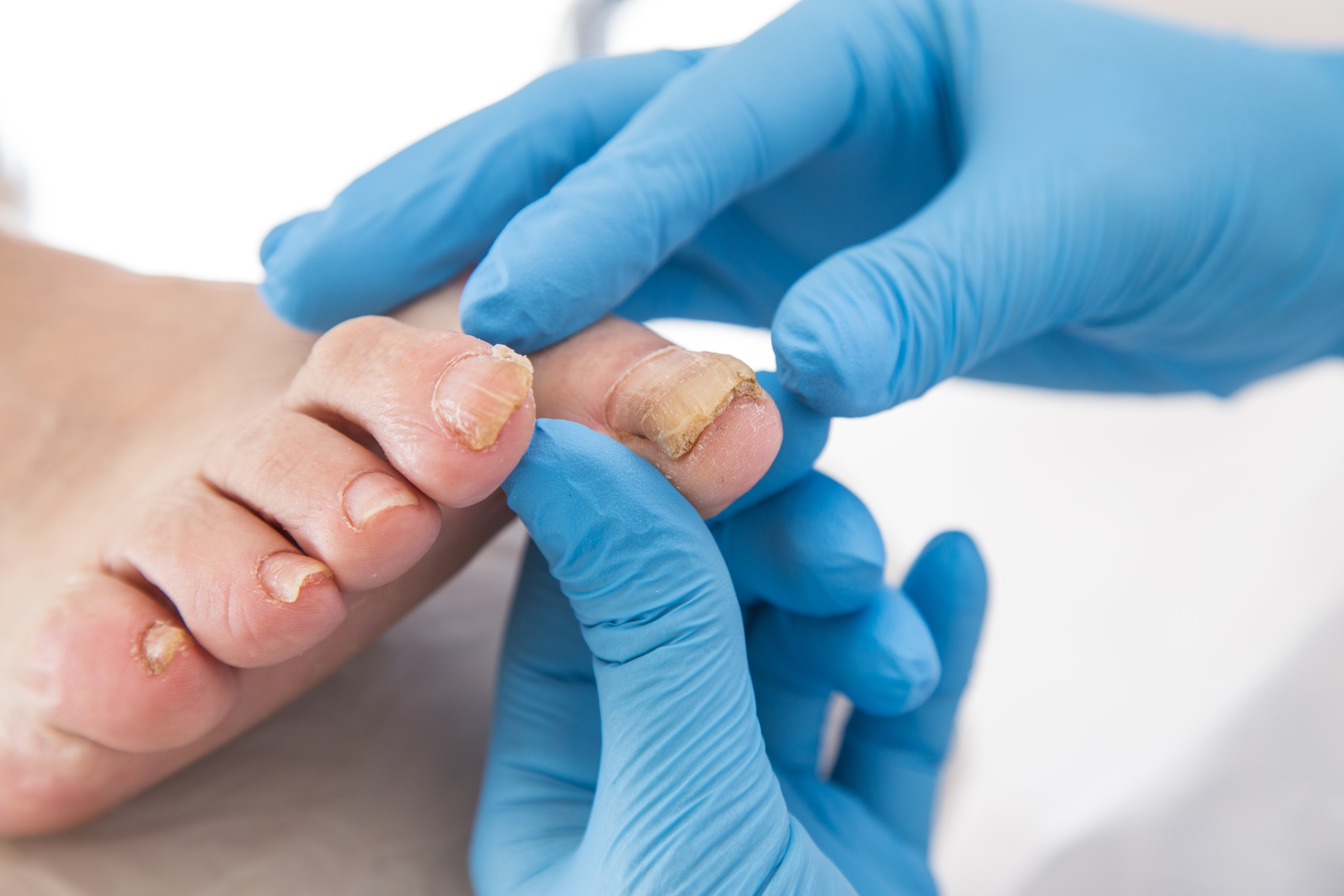
 We know it’s often referred to as ingrown toenail
We know it’s often referred to as ingrown toenail 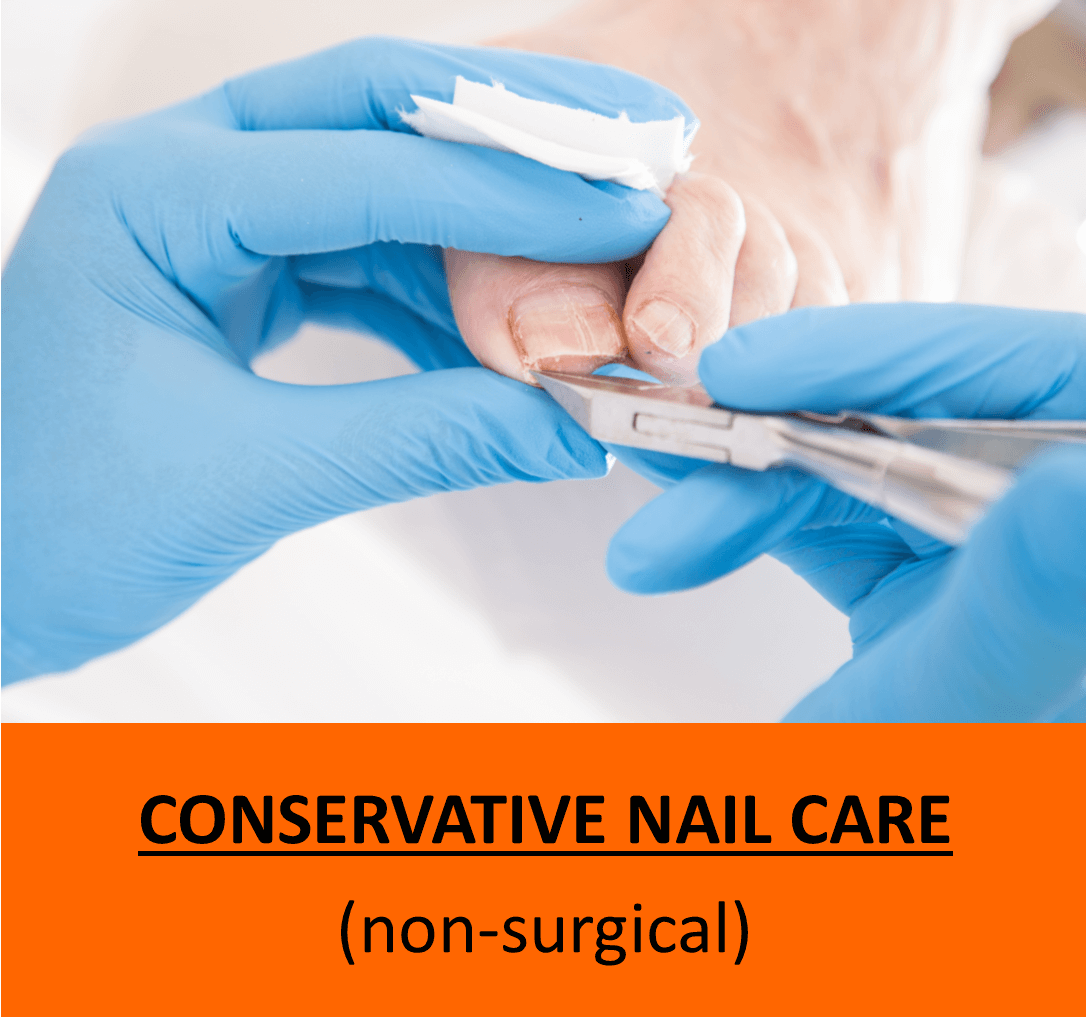
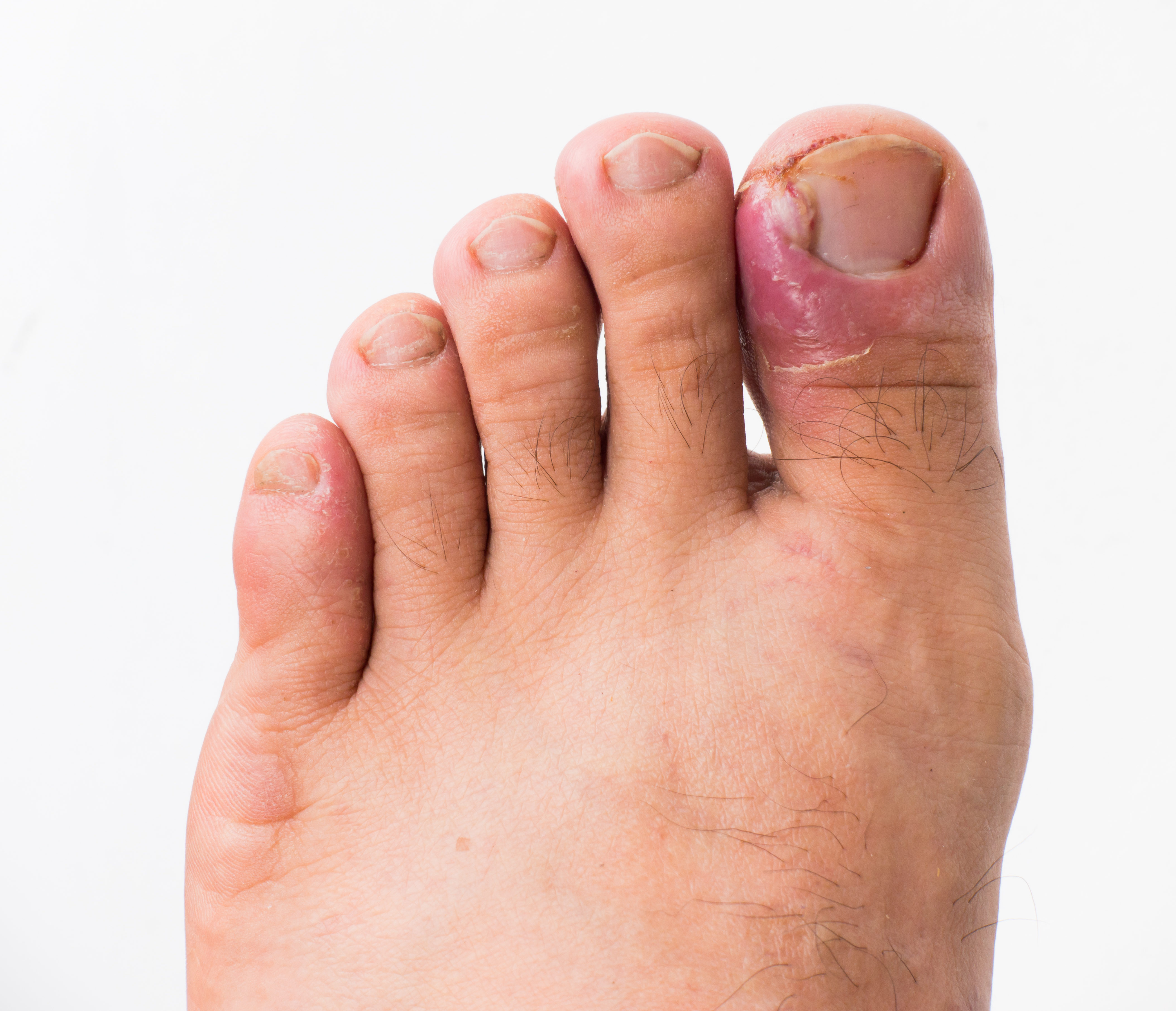
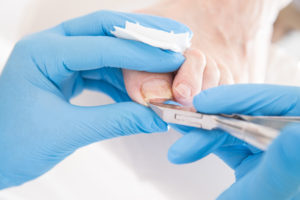
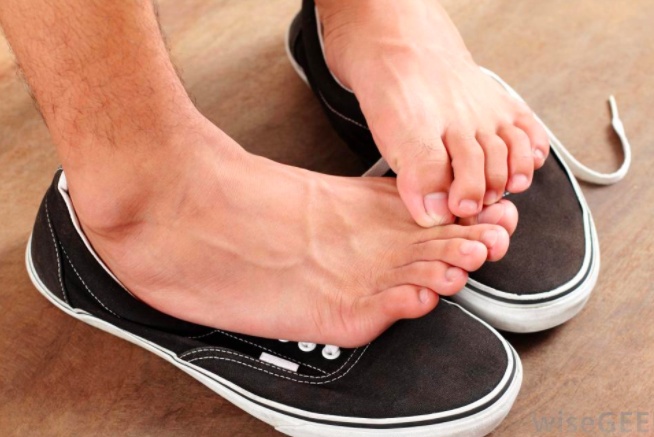
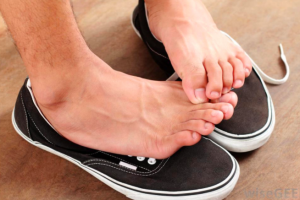 Shoes are one of the most common causes of ingrown toenails. Specifically – tight, narrow and ill-fitting shoes are a common cause for ingrown toenails. While we have the power to choose the shoes we’re wearing daily and buy new ones when needed – it’s a bit harder for our kids! Their feet are always growing, they’re less sensitive to noticing when their toes start hitting the ends and sides of their shoes and when pain does start, it’s almost always the worst pain ever*
Shoes are one of the most common causes of ingrown toenails. Specifically – tight, narrow and ill-fitting shoes are a common cause for ingrown toenails. While we have the power to choose the shoes we’re wearing daily and buy new ones when needed – it’s a bit harder for our kids! Their feet are always growing, they’re less sensitive to noticing when their toes start hitting the ends and sides of their shoes and when pain does start, it’s almost always the worst pain ever*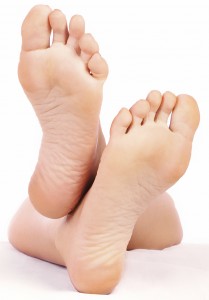 Ohhh yes, there are many causes of ingrown toenails. An incorrect nail cutting technique is definitely one. This is when the nails are curved or cut down into the sides, or are ‘picked’ or pulled off instead of being cut with nail scissors or clippers.
Ohhh yes, there are many causes of ingrown toenails. An incorrect nail cutting technique is definitely one. This is when the nails are curved or cut down into the sides, or are ‘picked’ or pulled off instead of being cut with nail scissors or clippers. 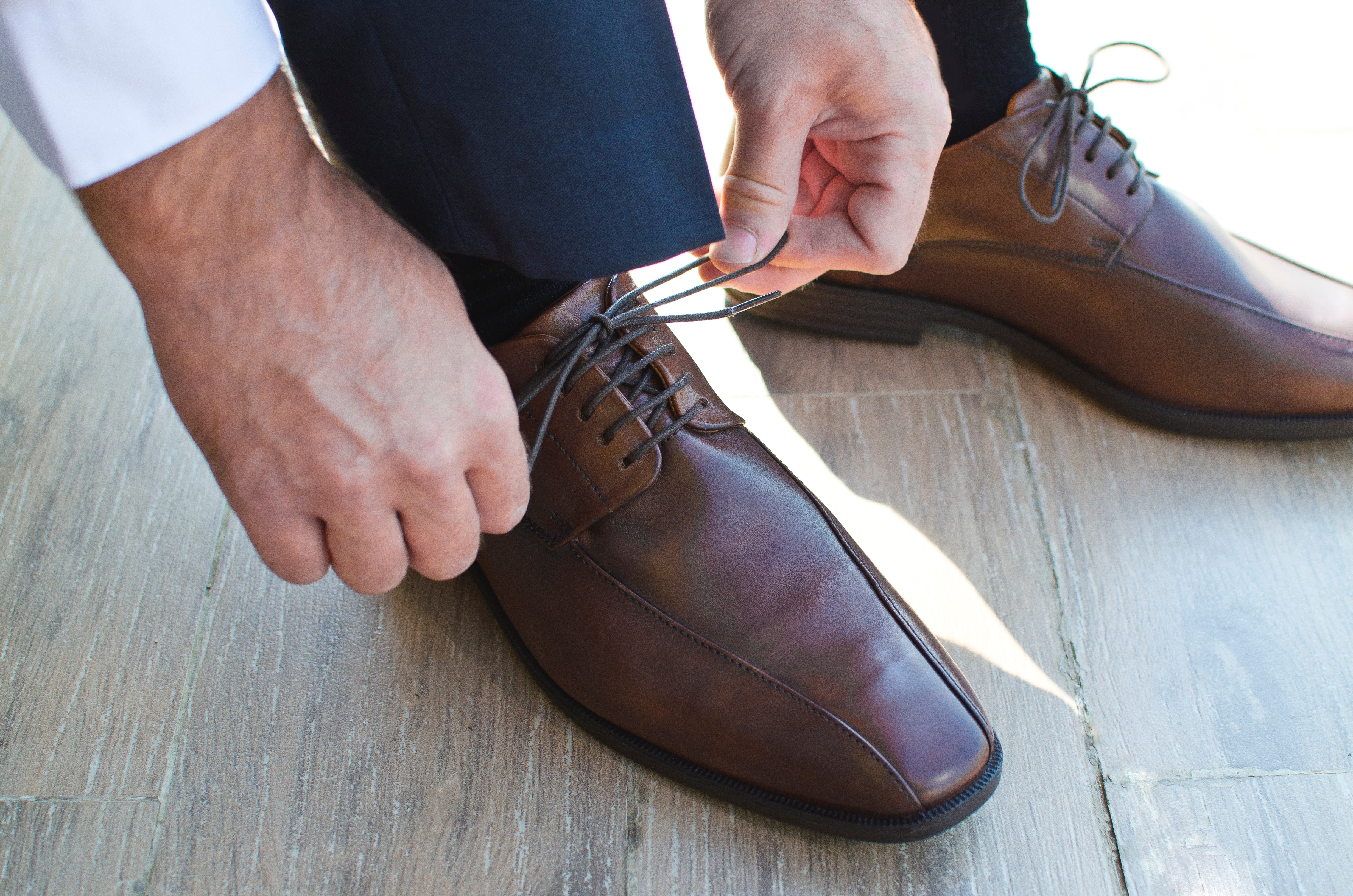
 Makes sense, right?
Makes sense, right?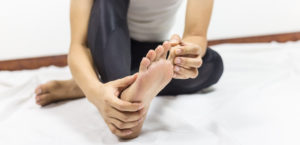 If the phrase “Mum, my toe hurts” is one that you’ve heard a few too many times now, then this is for you. Today we’re talking ingrown toenails and kids!
If the phrase “Mum, my toe hurts” is one that you’ve heard a few too many times now, then this is for you. Today we’re talking ingrown toenails and kids!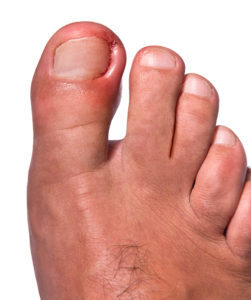
 We have the pleasure of seeing and treating a
We have the pleasure of seeing and treating a 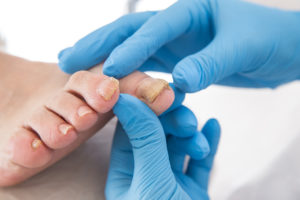 We love this procedure because:
We love this procedure because: